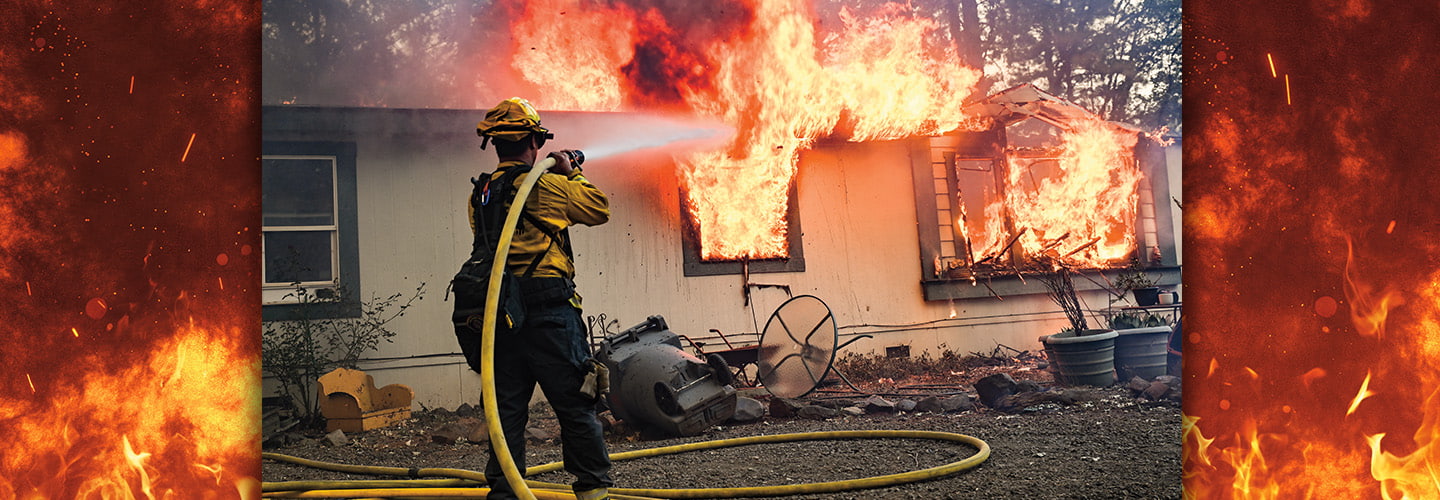The call came in just before 3 p.m. on July 24. A fire had started in a park in Chico, California. Firefighters were there within minutes. The fire had already crossed a road and was burning trees in its path.
Over the next few hours, the fire exploded in size. By 3 a.m., it had burned an area the size of about 34,000 football fields.
“I’ve never seen a fire grow so fast in my career,” says Chief Garrett Sjolund. He has worked for the California Department of Forestry and Fire Protection, or Cal Fire, for more than 25 years.
Firefighters arrived from across the state. More than 6,000 people worked to contain the blaze, which was called the Park Fire. It would become the fourth largest wildfire in California state history.
It wasn’t the only big blaze in California, or the United States, this year. In late February, Texas had its biggest wildfire on record. That fire spread into Oklahoma. By late August, fires had already burned more land in Oregon than in any previous year.
The call came in just before 3 p.m. It was July 24. A fire had started in a park in Chico, California. Firefighters were there within minutes. The fire had already spread across a road. It was burning trees in its path.
Over the next few hours, the fire exploded in size. By 3 a.m., it had burned through a huge area. The affected area was about the size of 34,000 football fields.
“I’ve never seen a fire grow so fast in my career,” says Garrett Sjolund. He has been a firefighter for more than 25 years. He’s a fire chief for the California Department of Forestry and Fire Protection, or Cal Fire.
Firefighters arrived at the park from across the state. More than 6,000 people worked to contain the blaze. It was called the Park Fire. It became the fourth largest wildfire in California’s history.
The Park Fire wasn’t the only big blaze in the country this year. In late February, Texas had its biggest wildfire on record. That fire spread into Oklahoma. By late August, fires had already burned more land in Oregon than in any previous year.

